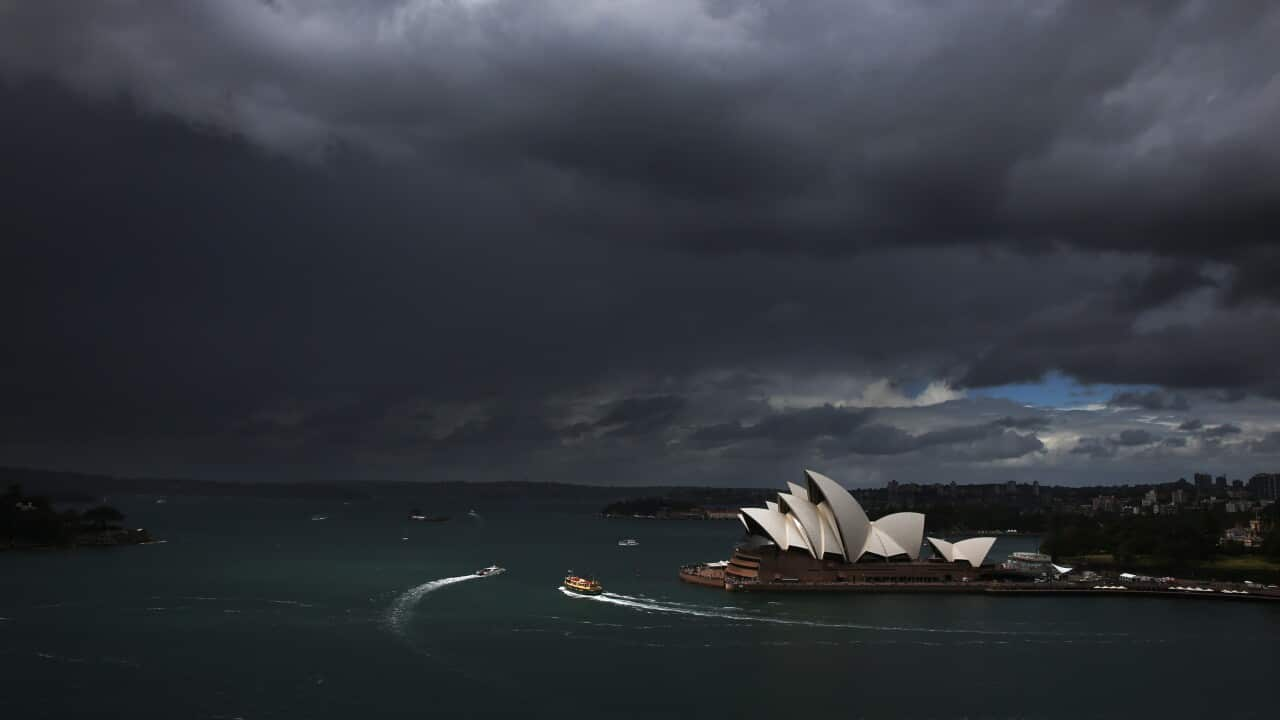Key Points
- Meteorological agencies are predicting a 60-71 per cent chance of a La Niña event by year’s end.
- The Bureau of Meteorology says, if La Niña does occur, it will be relatively weak and short-lived.
- La Niña can bring increased rainfall, cooler temperatures, and more tropical cyclones.
As international meteorological agencies predict the return of La Niña before the year is over, the Bureau of Meteorology (BoM) has weighed in.
Both La Niña and its counterpart, El Niño, result from variations in ocean temperatures in the tropical Pacific and have a strong influence on weather.
La Niña occurs when winds become stronger, changing ocean currents and drawing cooler water up from below.
La Niña events can lead to increased rainfall and cooler daytime temperatures. They can also mean more tropical cyclones, a higher chance of flooding, and an earlier onset of the monsoon.
Earlier in September, the World Meteorological Organization predicted a 60 per cent chance of La Niña conditions emerging towards the end of the year.
United States-based forecaster the National Oceanic and Atmospheric Administration said this month there was a 71 per cent chance of La Niña emerging between September and November, adding that it was expected to persist through January-March next year.
Several other US weather forecasters also believe a La Niña is likely.
What has the Bureau of Meteorology said?
On Tuesday, the BoM shared an update saying that, while “some atmospheric indicators such as pressure, cloud and trade wind patterns over the Pacific have been more La Niña-like over the past few weeks”, it remained to be seen whether or not those conditions would continue.
“It is possible a La Niña may develop in coming months but if so, it is forecast to be relatively weak (in terms of the strength of the sea surface temperature anomaly) and short-lived,” it added.
Earlier this month, BoM hazard preparedness and response manager Steven Bernasconi told reporters the bureau was on a La Niña ‘watch’ level, with three of seven indicators pointing to the climate event taking place.
A ‘watch’ status indicates a 50 per cent chance of La Niña developing.
The BoM’s assessment is based on climate model forecasts and atmospheric and oceanic conditions in the Pacific.
Another La Niña in 2024 would mark the fourth such event in five years. On average, La Niña events have occurred every three to seven years in the past.
With additional reporting by the Australian Associated Press
